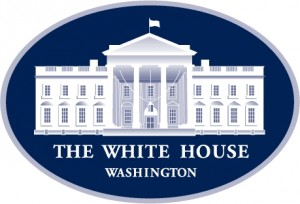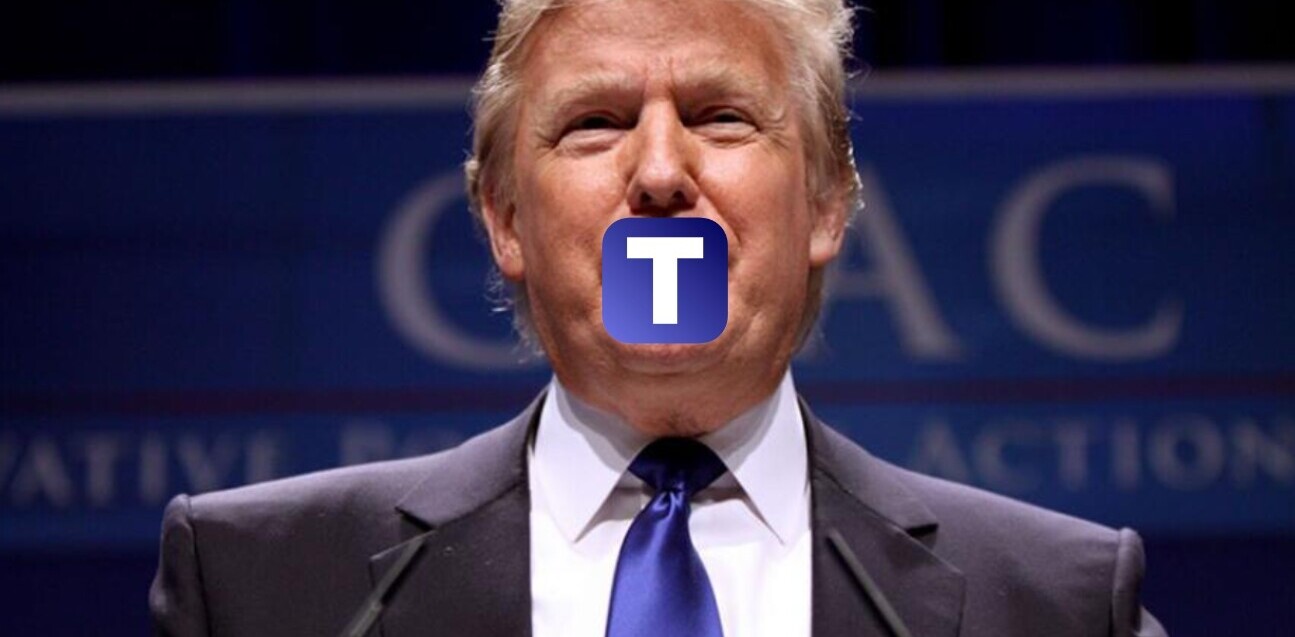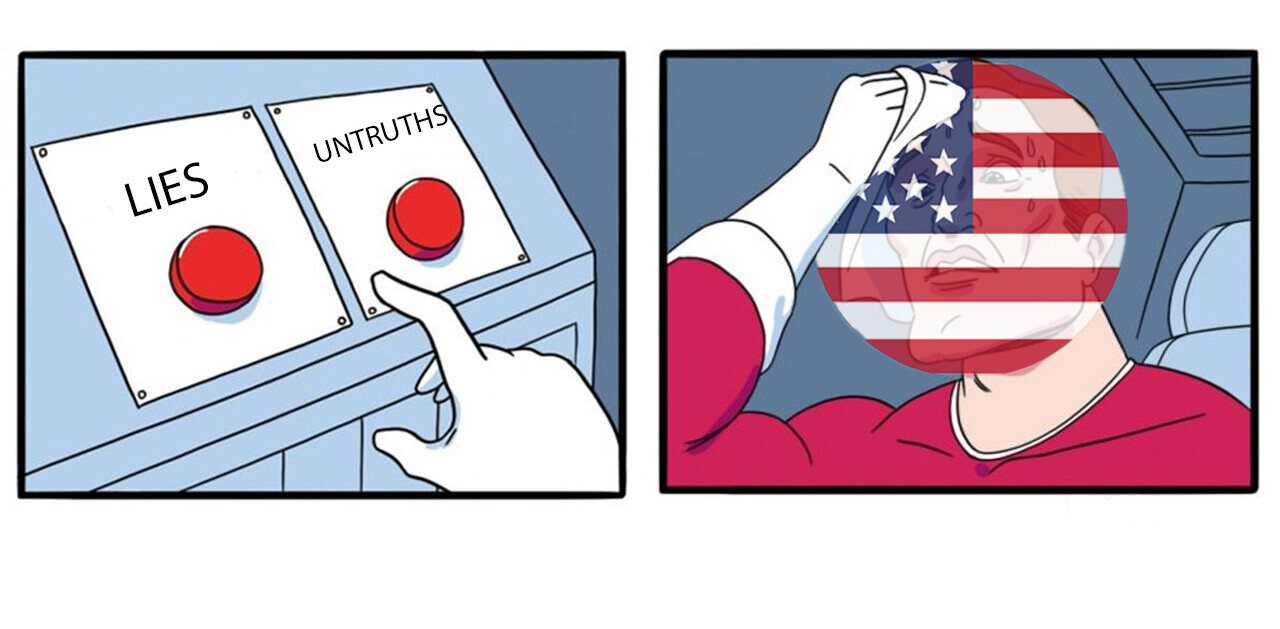
 In 1994, Whitehouse.gov started as three pictures centered on the homepage followed by text about what the White House is.
In 1994, Whitehouse.gov started as three pictures centered on the homepage followed by text about what the White House is.
Yesterday at the Politics Online Conference (www.polc2010.com) in Washington DC, the keynote featured staff from the previous three presidential administrations, moderated by CNN’s John King. They each spun fascinating tales about how one of the most important governmental websites in the world has evolved over the last 15 years.
David Lytel, who first put up whitehouse.gov during the Clinton administration, said that he and his staff were directed to put up the site in 1994, at a time when FTP traffic was larger than web traffic. Once the site was up, it quickly became the destination to type into the newly released Mosiac browser (which became Netscape) so that first time web users could see how/if the Internet worked.
There was no content management process for whitehouse.gov at the beginning. During the Bush years there was “The Tool” that was a custom-built internal system that used unique email addresses to add content, and which was highly confusing, mainly because of who had access to say what.
Another interesting story from the session, was that after Facebook launched, they came to David Almacy, the Bush administration’s White House Internet director from 2005-07, because Facebook wanted Bush to have a Facebook page. Almacy said that at the time Facebook was still focused on college students and that he asked them why the White House should bother as they were getting 7 million page view a week already and didn’t see how having a profile on Facebook would be anywhere near as impactful.
Almacy (now at Edelman) also talked at length about the Internet culture during the Bush years and how it was restrictive. For example, he mentioned that the site couldn’t link anything that wasn’t a .gov or .mil (military) URL. So during Hurricane Katrina he couldn’t link to redcross.org because his superiors approached whitehouse.gov as an online archive, so not only would linking to the Red Cross seem (to his superiors) as if the White House was endorsing the humanitarian organization, but even if it was an understandable link in the context of the time of the hurricane, in 50 years that link would still link to the Red Cross’ homepage and future historians might not understand the context.
Almacy also noted that this view of whitehouse.gov as an archive, essentially meant that online discussion on the site was never something that they attempted to do.
While there was a lot of policy holding back the use of social media, according to Rob Klause, who worked for both the Bush and early Obama administrations, the main issue was really the technological limitations and resources behind whitehouse.gov. Klaus was brought in to improve the backend systems of the site and also along with Almacy worked on the site’s redesign during tHe Bush years.
While Obama was still president-elect, Klause said that one day Obama walked into the room and yelled out “where’s my new media team?” and that he knew all of their names. According to Klause, Obama really gets his online presence (no news there). That understanding has led to the website being reengineered to take HD video, and the new media team has expanded to include for the first time an art director and a video director. While comments still aren’t allowed on whitehouse.gov, Klause acknowledged that it was (he is no longer with the White House) a highly requested feature, but went on to say, “if you’ve seen the White House YouTube channel, well, the comments are colorful.”
Get the TNW newsletter
Get the most important tech news in your inbox each week.





